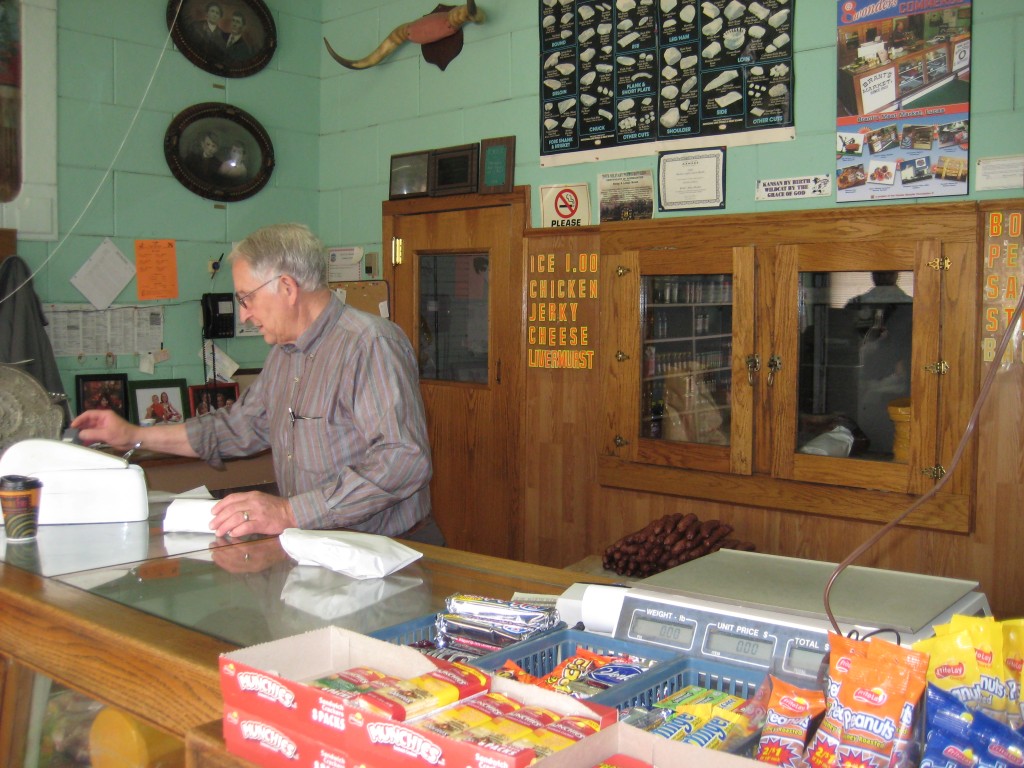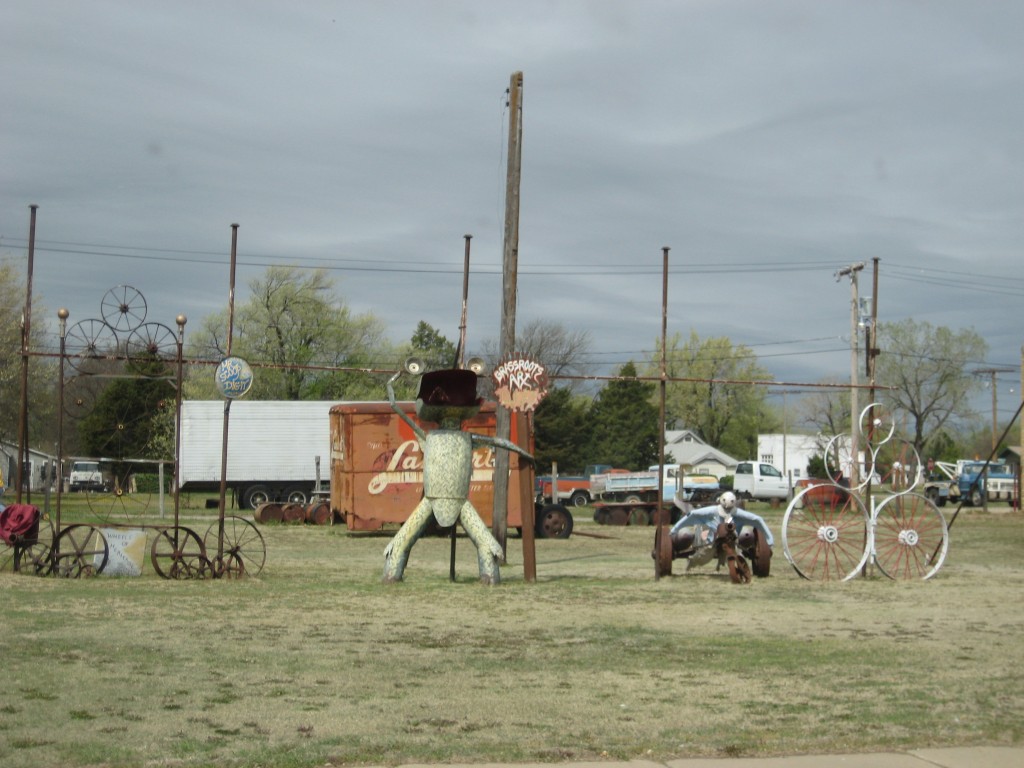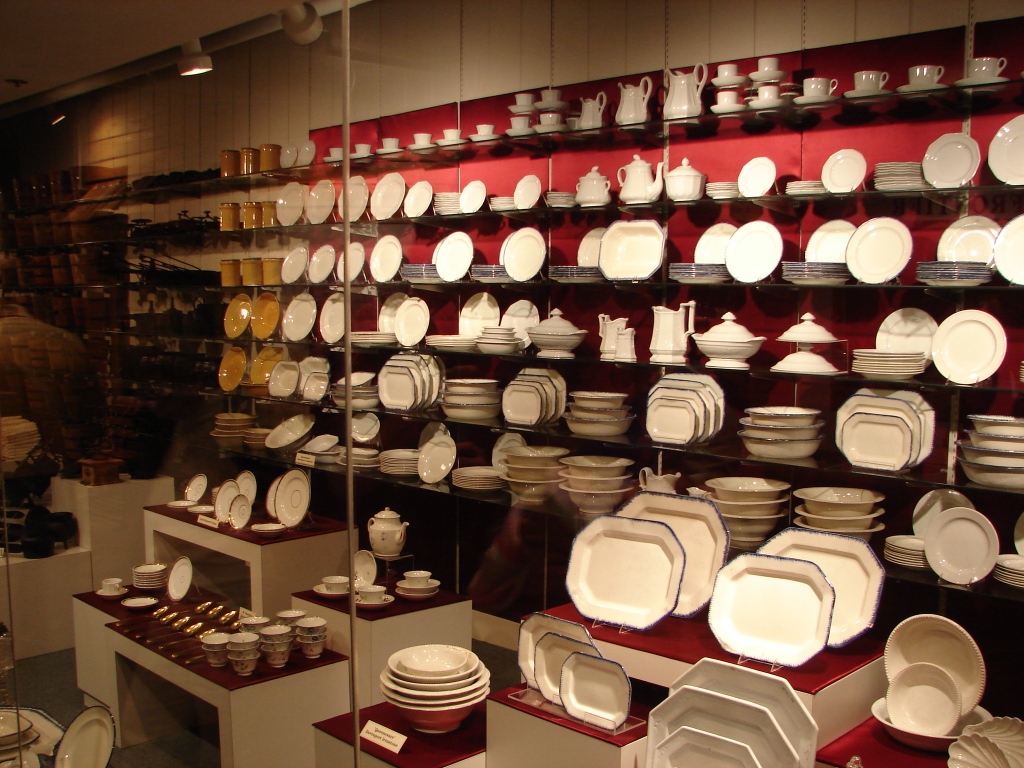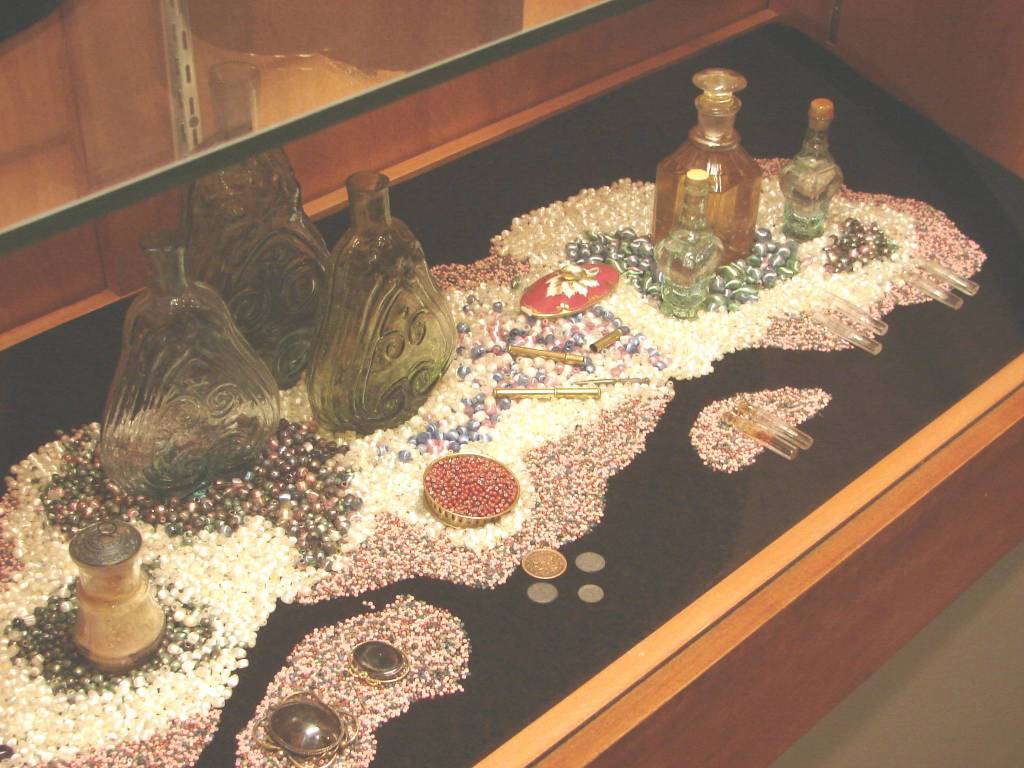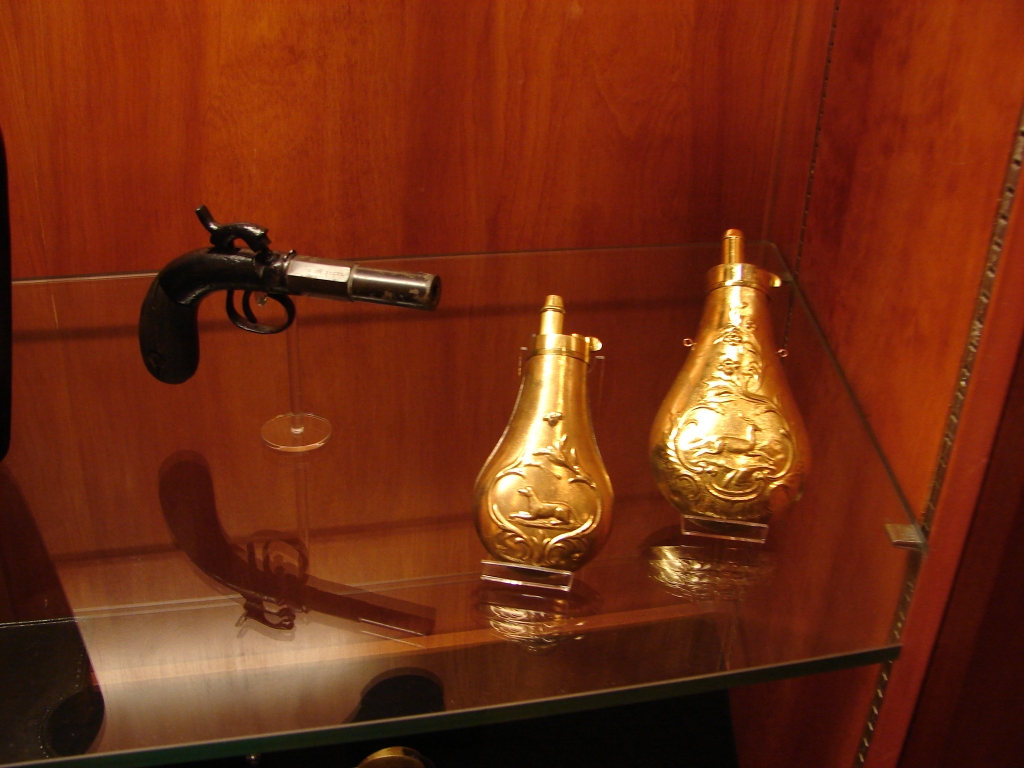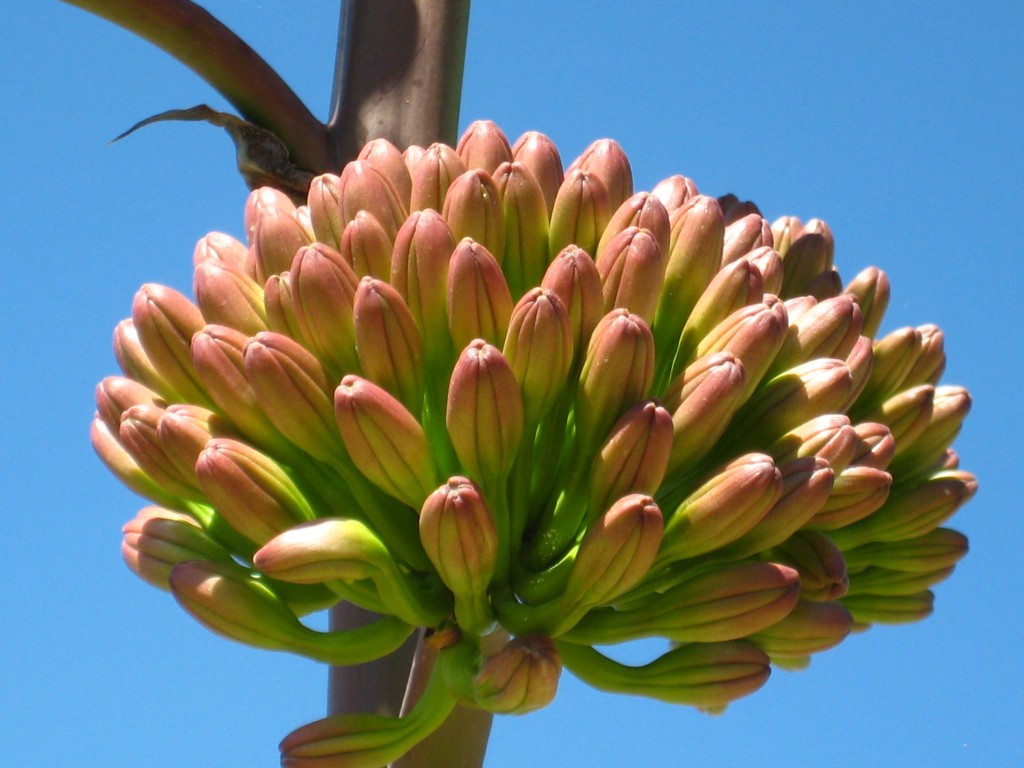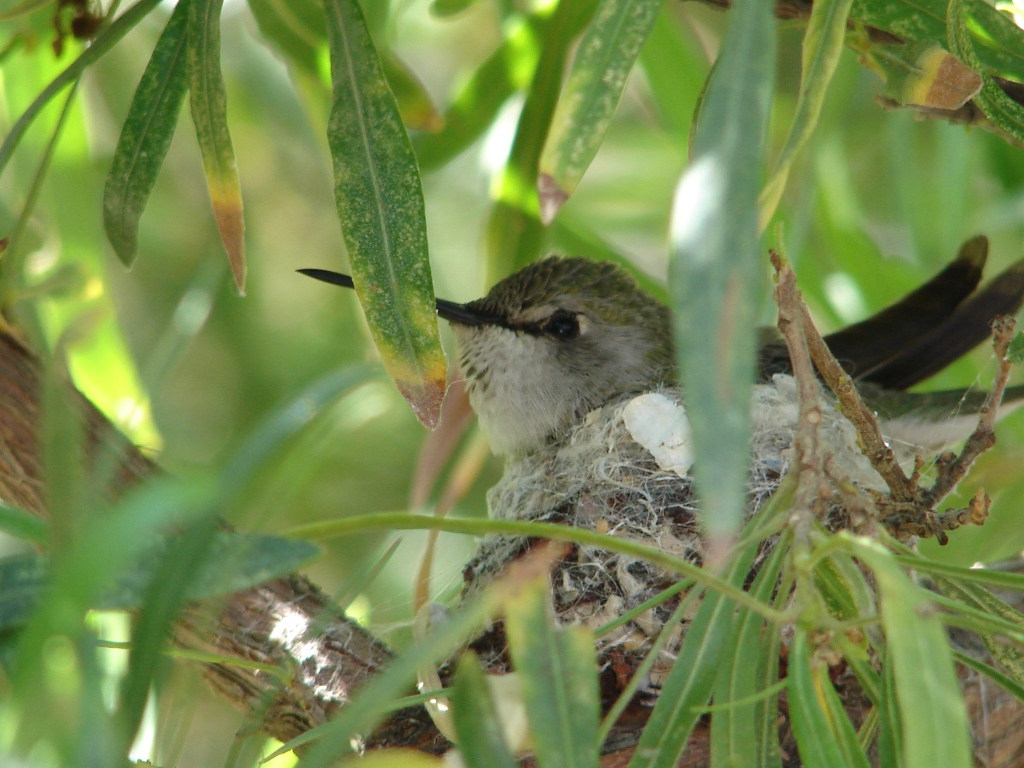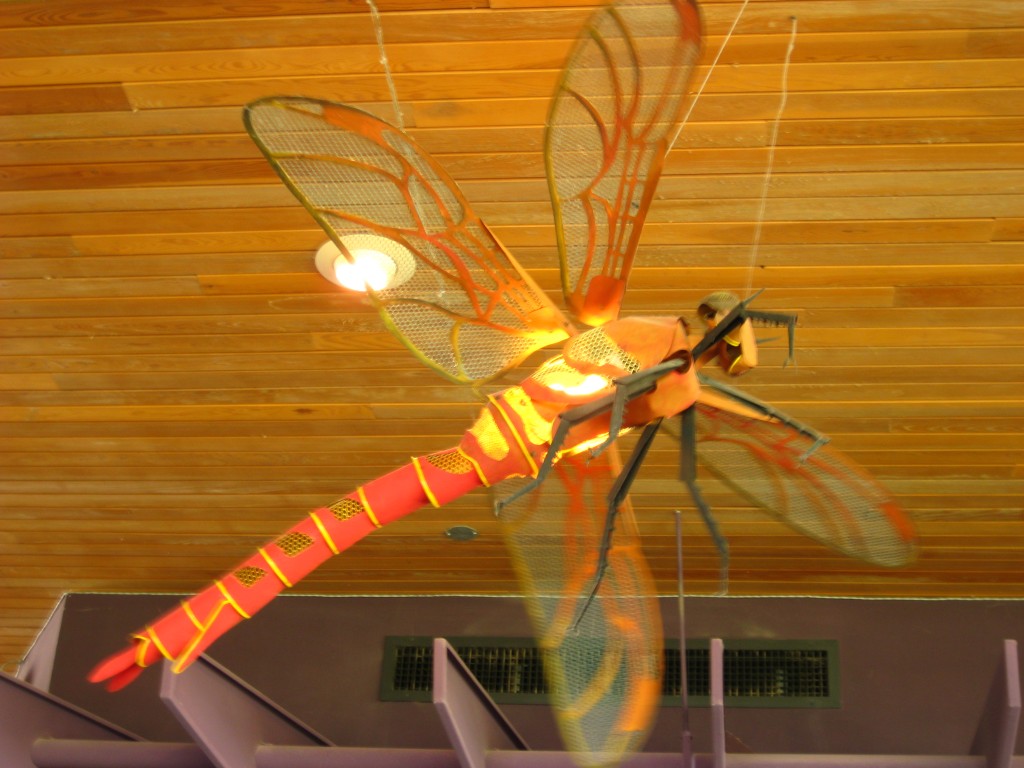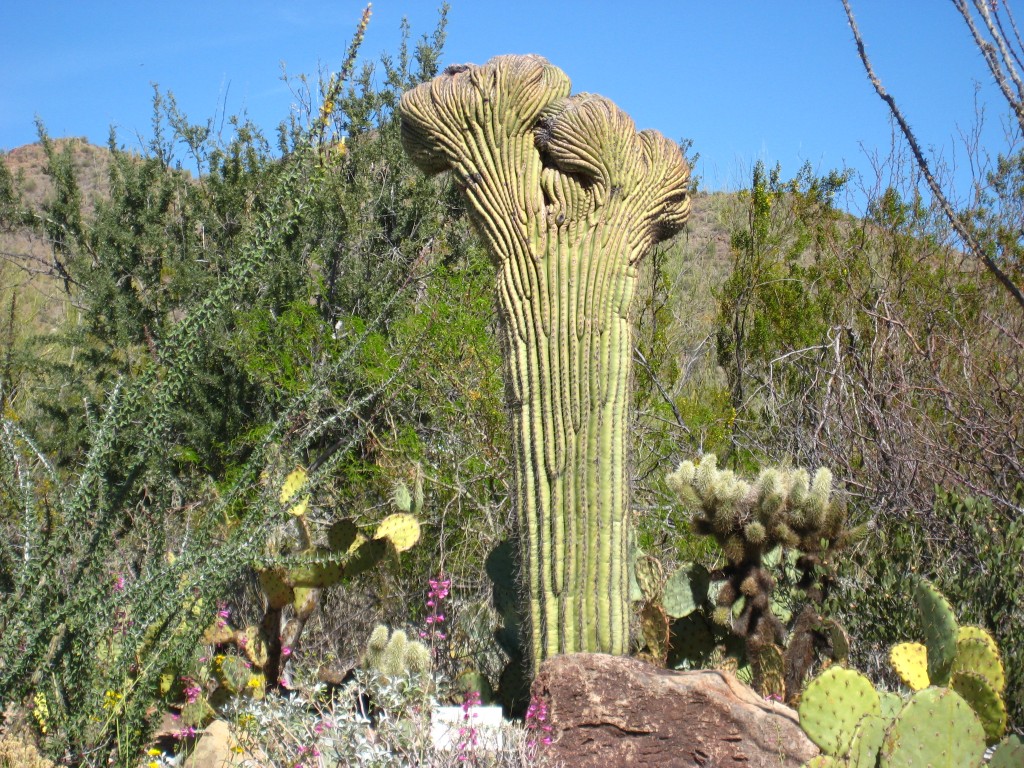Our first visit was to Brant's Meat Market which has been operating in the same small store since 1922. We were waited on by Donald Brant, a 3rd generation family member, who owns and operates the store. He gave us samples of everything we wanted to taste. They make much of their own meat and use their own Czech recipe for their homemade bologna which is very tasty. When it came time to pay for our meat purchase we found he did not take credit cards but he said we could send him a check in the mail....and he was serious. Being I did not have my checkbook either, we scraped enough cash together to pay him but we both left that little market in awe of such a trusting congenial man. He was a pure delight!
Our next stop in Lucas was the "Garden of Eden"....a page right out of Americana. Samuel Dinsmoor, a retired teacher, Civil War Veteran, farmer and politician, began building the Garden of Eden and Cabin Home in 1907 at the age of 64. For 22 years he fashioned 113 tons of cement and many tons of limestone into a unique "log" cabin and its surrounding sculptures. He opened his home and conducted tours from 1907 until a few years before his death in 1932. It is owned and operated by a group formed to preserve it, listed on the National Register of Historic Places and has over 10,000 visitors annually.
Unfortunately for us, the Garden of Eden was still operating under winter hours and was only open on the weekends. But we were able to get photos of the outside exhibits known in the art world as outsider art and grassroots art. Adam and Eve, Cain and Abel, the devil, an angel, and serpents are among the 150 sculptures.
Grassroots art is a term describing art made by people with no formal artistic training . . . (usually of retirement age) using ordinary materials in an extraordinary way . . . and frequently creating a whole artistic environment around themselves, effectively making themselves part of the artwork. Such work tends to be difficult to classify because it falls outside the sphere of fine art as well as that of traditional folk art in which skills and patterns may be passed from one generation to another. Lucas is home to the Grassroots Art Center which has Ed Root's Concrete Creations, and Herman Divers Pull Tab car and Motorcycle to name a few....
So if you find yourself in the middle of Kansas, stop and visit the neat little town of Lucas and all its quirky whimsical art.


